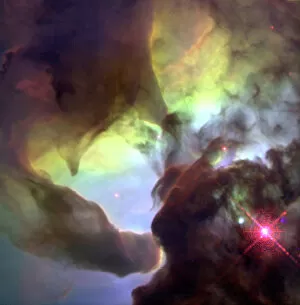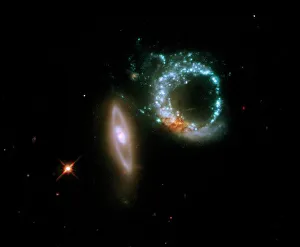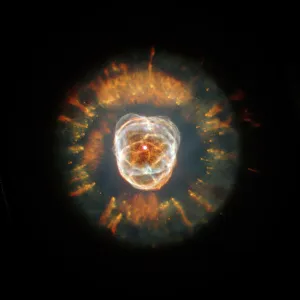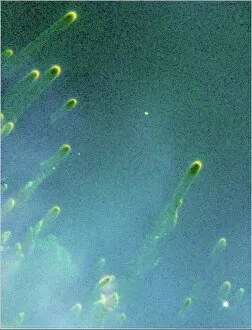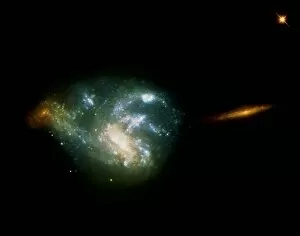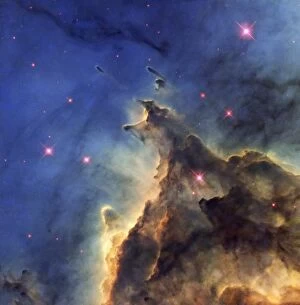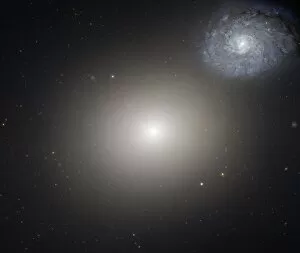Wide Field Planetary Camera 2 Collection
The Wide Field Planetary Camera 2 (WFPC2) has truly opened our eyes to the wonders of the universe
All Professionally Made to Order for Quick Shipping
The Wide Field Planetary Camera 2 (WFPC2) has truly opened our eyes to the wonders of the universe. With its advanced technology, it has captured breathtaking images that have left us in awe. One of its remarkable achievements was capturing the Giant Twisters in the Lagoon Nebula. This mesmerizing image showcased swirling clouds of gas and dust, creating a celestial masterpiece. Another stunning capture was the Interacting galaxies Arp 147. The WFPC2 revealed two galaxies locked in an intricate dance, their gravitational forces shaping them into a cosmic work of art. After undergoing repairs and upgrades, Hubble reopened its eye on the universe with WFPC2 leading the way. Its high-resolution imagery allowed us to witness phenomena like never before. The camera also shed light on Cometary Knots Around A Dying Star. These delicate structures resembled ethereal wisps surrounding a fading star, leaving astronomers marveling at their beauty and complexity. Intriguingly irregular galaxy NGC 7673 became another subject for WFPC2's lens. Its unique shape challenged conventional notions about galactic formations, sparking new avenues for research and exploration. WFPC2 even captured a Galaxy Cluster Collision through X-ray imaging. This groundbreaking observation provided crucial insights into how these massive structures interacted and evolved over time. Monkey Head Nebula stood out as one of WFPC2's most iconic images - showcasing intricate details within this stellar nursery that resembled our primate counterparts' visage - truly captivating viewers worldwide. Galaxy pair Arp 116 presented another extraordinary sight thanks to WFPC2's capabilities - two galaxies merging together amidst cosmic chaos yet forming something entirely new and beautiful in their union. Spiral galaxy NGC 922 displayed its majestic arms gracefully spiraling outward under WFPC2's gaze – revealing hidden secrets about galactic evolution while dazzling observers with its sheer elegance. Not only did WFPC2 capture distant wonders, but it also delved into our own cosmic neighborhood.

